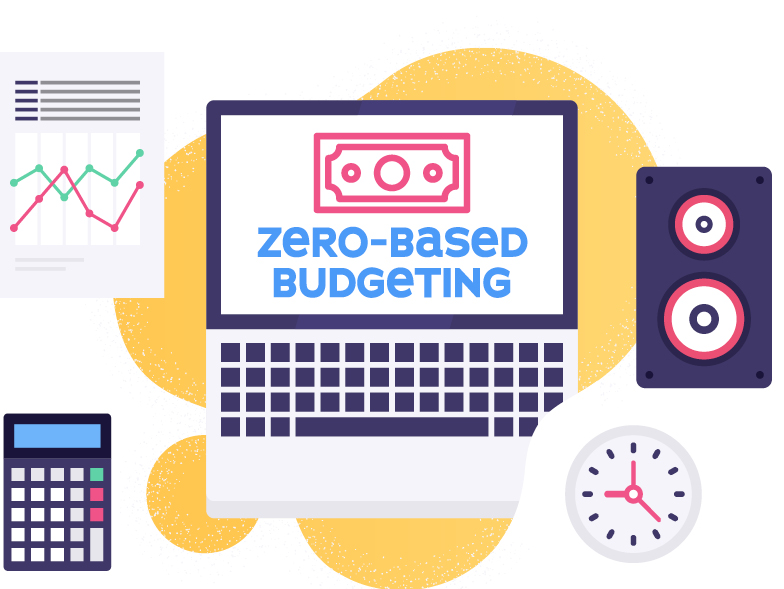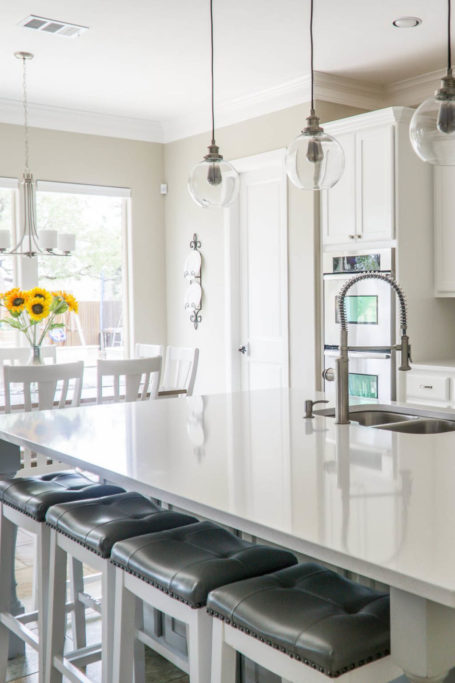Finances Made Easy with the Zero-Based Budget
Payday may the best day of the week, but budgeting for expenses can suck all the fun out of making money. Luckily, there’s a new approach to budgeting known as the zero-based budget that could make financial planning easier. It may also offer substantial rewards like freeing up extra spending cash. Take a close look at this new strategy to determine if the zero-based budget is right for your household.

How it works
While just about every budgeting system accounts for the money flowing in and out of your household, the zero-based budget takes an even more comprehensive approach. By following this strategy, you assign every dollar that you make to an expense, savings account, or spending category, leaving you with zero free dollars at the end of every month. All of your income is accounted for and put to use.
To clarify, this absolutely does not give you permission to spend every dollar you earn. Quite the opposite—zero-based budgeting encourages you to set aside money consistently, as if short-term and long-term savings are expenses you are required to pay into.
The zero-based budget in action
To use this personal finance strategy, you need a dedicated place to write down all of your income and expenses in close detail. Decide whether you’d like to track your budget on a notepad, in personal accounting software like Quickbooks, or in a smartphone budgeting app (Nerdwallet published their definitive ranking of personal budget apps here).
Determine your net income, or the total money you and any other earners in your household make after taxes and payroll fees. Consider all sources of income. Say that you make $3,000 a month and your partner makes $2,000; that would make your total household income $5,000. Write this number at the top of your list (or where indicated in your budgeting software), and then start whittling it down to zero.
Deduct necessary living expenses first, like your mortgage or rent, insurance, and car payments. These expenses tend to remain at a constant amount, so they should be straightforward. Then deduct more variable expenses like groceries, utilities, and fuel. Try to establish a spending limit for these costs based on how much you have left after the first category of expenses.
At this point, you will hopefully have some money left over. But don’t stop here; allocate these extra dollars to debt repayments, short and long-term savings, and investments like home improvement or a certificate of deposit—in that priority order. Next comes the fun part. You can assign what’s left to non-essentials like entertainment, shopping, and dining out. Don’t worry; you don’t have to decide what you buy in advance. Just assign a certain amount for the month to extra spending money and don’t exceed it.
What if you have unspent cash at the end of the month? Go back through your budget and find somewhere to assign it. Pay down more debt, consider enrolling a streaming service, or apply it to saving up for a big expense.

Budgeting benefits
The zero-based budget isn’t designed to be rigorous, forcing you to stop and take notes every time you spend a dollar. Rather, this strategy empowers you to track all your finances, understand your spending, and ensure you’re building savings. After all, it’s always reassuring to maintain an emergency fund for sudden medical expenses or losing your job—as well as short-term savings for big expenses like travel. A zero-based budget also urges you to assign cash to different savings accounts and funds as regularly as possible. You may even find that your savings accrue faster when you hold yourself accountable to setting these funds aside, offering more financial peace of mind.
But the zero-based budget isn’t just prudent; it has a fun side too. This system encourages you to play with the money left over after you account for expenses and savings. While being frugal is certainly a virtue, it’s also important to your quality of life that you enjoy frivolous expenses like going to the movies or splurging on a nice pair of shoes. The zero-based system can quantify the free space in your budget so you understand how much you’re welcome to spend as you please.
Considerations
As you may have noticed, the zero-based budget is extremely detailed. Managing this budget is a time commitment, and some people may find it tedious to assign every dollar. This system can also be far more complicated for those who have non-traditional and inconsistent sources of income, such as investment revenue or freelance work, and those with variable expenses such as insurance payments set on a quarterly schedule.
However, you can always work these variables into your strategy. Because the zero-based budget works on a monthly schedule, you should set aside time at the very end or beginning of each month to plan your budget for the forthcoming month. That means accounting for expenses particular to that time, such as holiday gift shopping.
What if sudden expenses arise to disrupt your budget? When that happens, simply make responsible adjustments throughout the month with the understanding that every dollar you reallocate is deducted from another category. And savor the fact that you have been building up savings set aside money for savings.


















